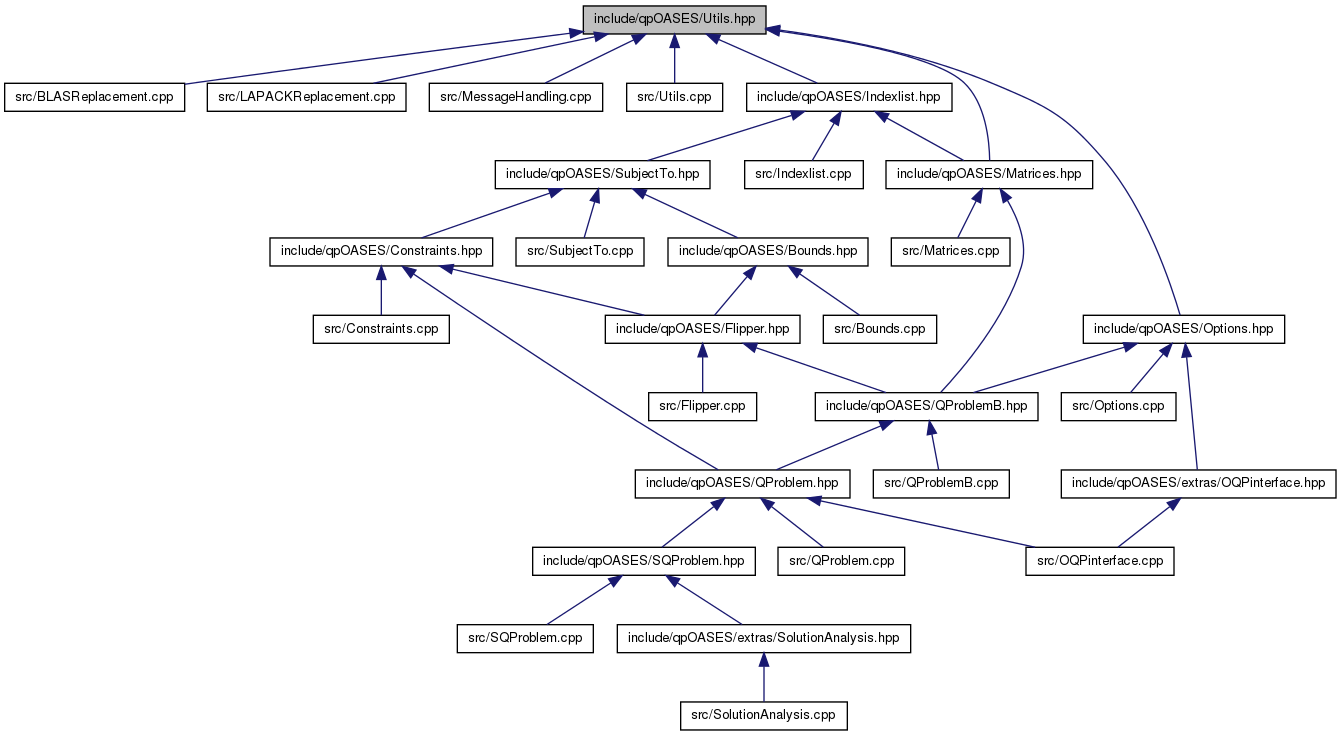
A search function is also available at the top right. To access these parts, follow these links or use the tree browser in the left sidebar. The reference contains a list of all GNU Radio components, sorted by in-tree components, modules, files, namespaces and classes.
DOXYGEN REF HOW TO
The usage manual deals with concepts of GNU Radio, introductions, how to build GNU Radio etc. This manual is split into two parts: A usage manual and a reference.
DOXYGEN REF SOFTWARE
Other information about the project and discussion about GNU Radio, software radio, and communication theory in general can be found at the GNU Radio blog. In CMake there is a command: configure_file("$/Doxyfile" CMake will fill in the project's root directory where it says, leading to an absolute path in the documentation as parsed by Doxygen, but with this path being dependent on the current development environment.For details about GNU Radio and using it, please see the main project page. For example, my Doxyfile.in contains stuff like: PROJECT_NAME = "

I think it is a fairly standard way of using Doxygen (other build generators have the same functionality, and could be used instead). / The files are in the \link_to_subdir directory.ĭoxyfile.in is a file that CMake parses to generate the Doxyfile that is used by Doxygen. The documentation now looks like this: /// \brief Documentation linking to a directory Instead, I added to my Doxyfile.in file the following alias: ALIASES += "link_to_subdir=\ref /include/subdir \"include/subdir\"" A different developer will likely have a different path, so that the above solution is only usable by a single developer.
DOXYGEN REF FULL
/ The files are in the \ref /home/user/project/include/subdir "include/subdir" directory.īy using \ref target "label", we avoid having the full path in the documentation, which of course is given by the development environment and unrelated to the end user's installation directory.īut we now still have the absolute path in the sources. The only way I have found to link to a directory is using the absolute path name: /// \brief Documentation linking to a directory The accepted solution doesn't work for me. This is how I fixed this issue, which I would consider a bug in Doxygen. But when I run from a build directory, which is different from my source directory, and need to use STRIP_FROM_PATH, then I have problems.ĭoxygen is pretty forgiving or flexible with the path used when documenting a directory with the \dir command, but it is rather picky when referencing it with the \ref command. When I run doxygen with the working directory in the source tree, I can get the correct link reference. One does, however, need to be careful when using absolute paths and the doxygen configuration setting with STRIP_FROM_PATH. This example will generate a link to the documentation of the cpp/vtutil folder. / This file is in the \ref cpp/vtutil directory. / \brief Implements the vt application class. Explicit links using # are not supported for directories. The correct way to link to the documentation page for a directory is to use the \ref command.


 0 kommentar(er)
0 kommentar(er)
